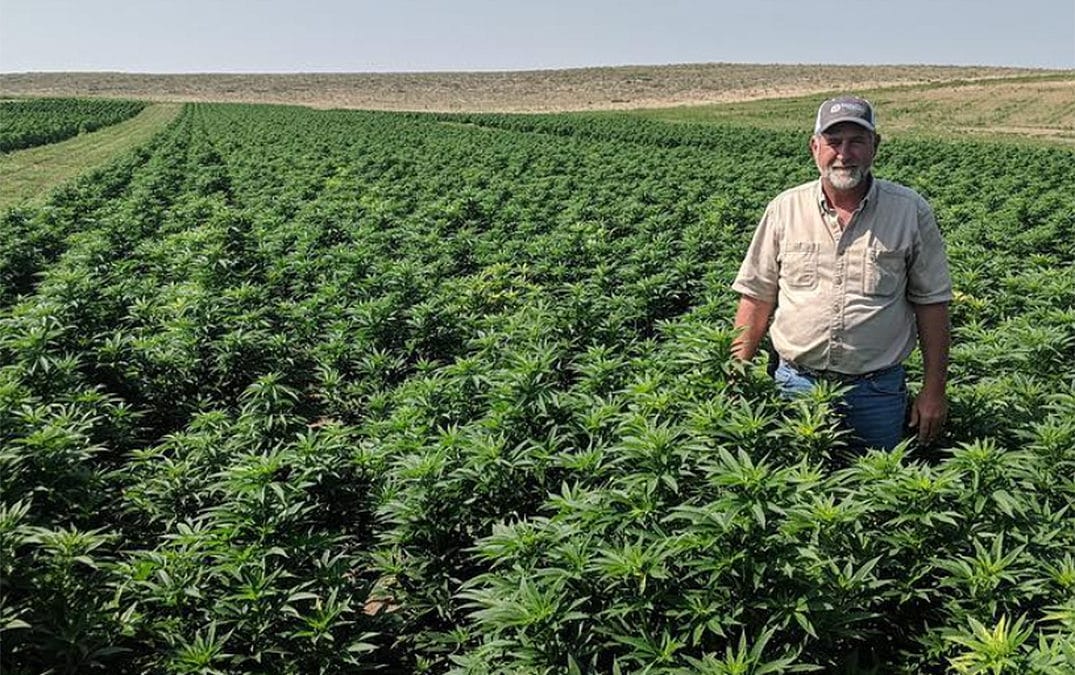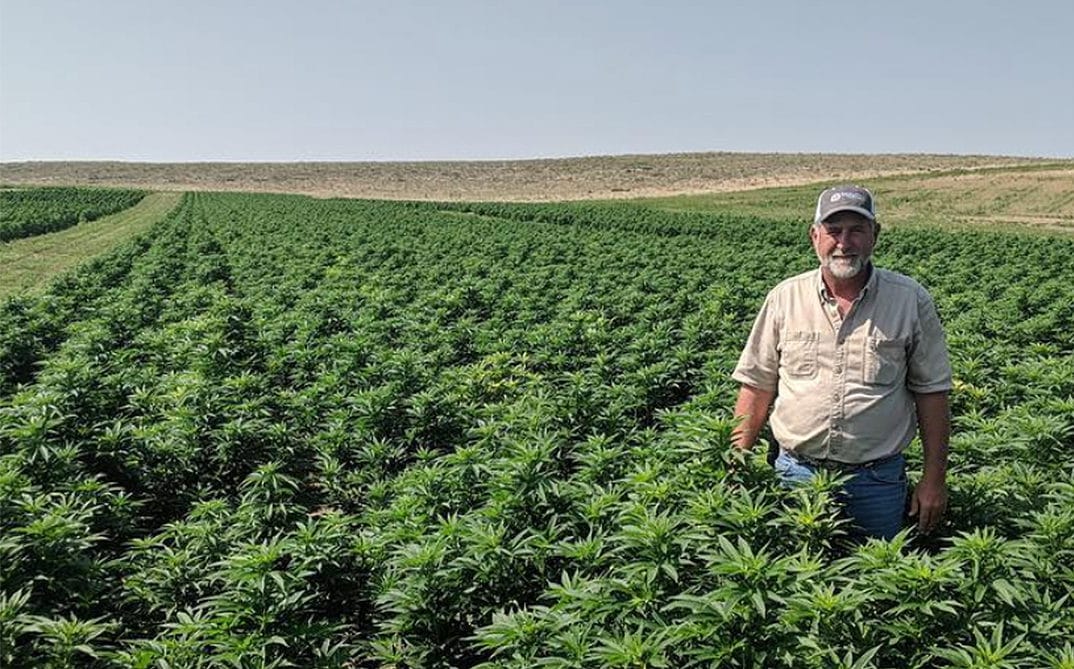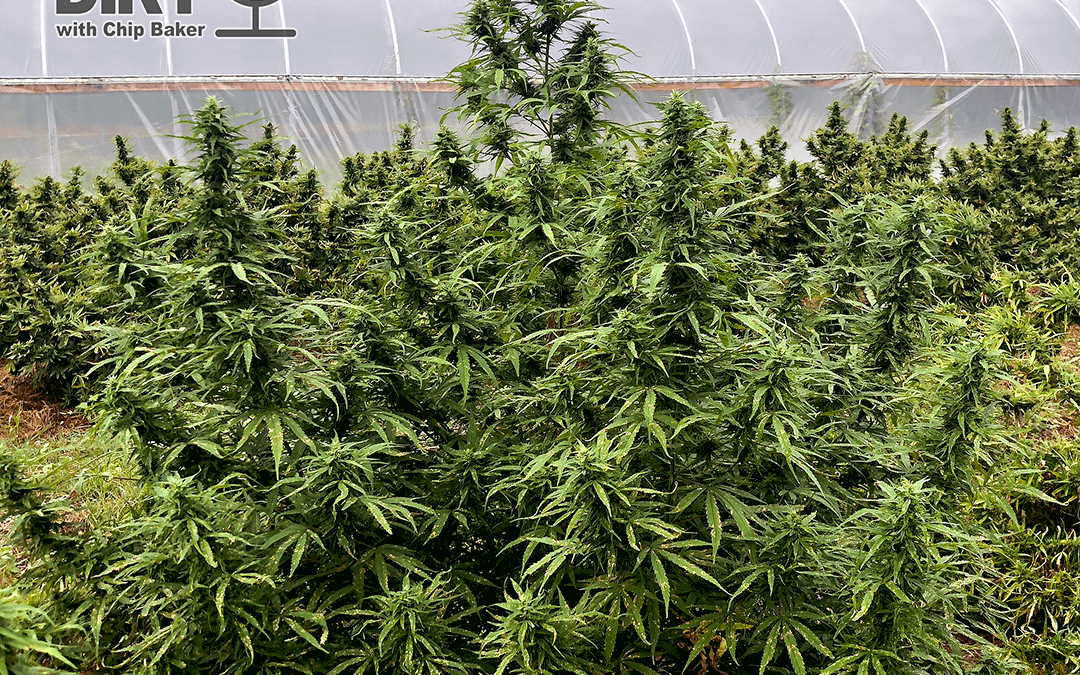
Everything You Need to Know About Growing Hemp in Alabama (Pt. 2)
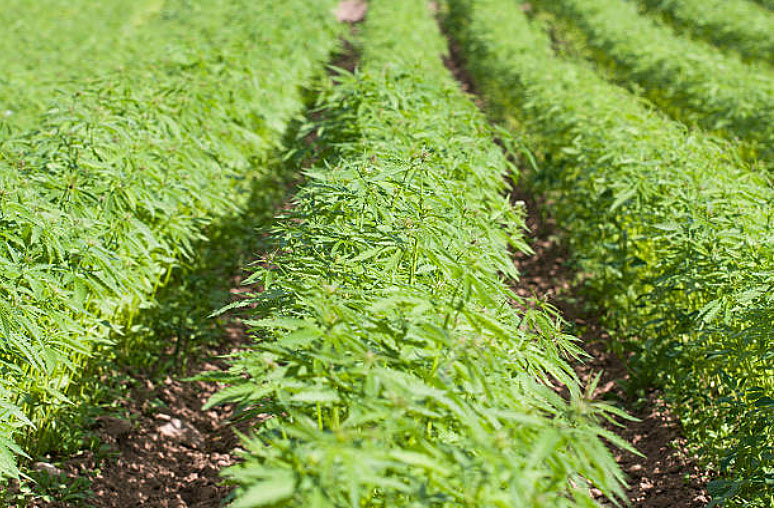
At this point you’ve already decided whether or not you’re growing hemp from seed or clones. Now it’s time to get it planted.
Over 150 farms have already been approved to start growing hemp in Alabama. A lot of them are going to fail.
Why?
Because they’re going to treat hemp like any other row crop.
Planting and Caring for Hemp
In Alabama you should plant at the end of May through the first week ofJune with 2000 to 4000 plants per acre. It is best to sew directly into the ground, however many people find success by using automated plug planters. These planters allow you to plant clones and seeds in a root plug.
Bigger is not better. It’s best to grow plants that are under 5 feet tall and spaced appropriately where they still touch. Your hemp fields should look more like a corn or wheat field than your traditional ganja plant.
To put it simply: It’s all math.
Smaller plants are easier to harvest, easier grow, and don’t require staking. Larger plants require staking, more water, and more nutrition. If you have the land, it’s much better to plant more acres out than less plants. If you choose to grow large plants you will absolutely eat up all your profits and harvesting.
It’s easy to calculate the weight of a field. A foot-tall plant at a density of 2000 plants per acre will yield 2,000 to 4,000 pounds in acre. If you plant with a greater density of 4,000 plants per acre, you will be able to use mechanical harvesting techniques for easier collection. Bean pickers are already being used to harvest hemp throughout the country. You just need more plants per acre for it to be worth your while.
Best Hemp Practices
On a very small scale of 1 to 10 acres, it’s easy enough to plant your seeds or clones by hand. Anything bigger than that and you’ll either need a lot more hands or a mechanical planter.
Hemp clones and seeds require water to grow. They grow best in irrigated fields, however I have been to dozens of hemp fields throughout the country that don’t have irrigation and just rely on God‘s grace and the the rain.
Cross your fingers and it could work out great for you.
For guaranteed success, supplemental irrigation is essential. With any irrigation technique, hemp plants will suck up the water you give them. It is important for them to be in well-draining fields so they don’t get overwatered. You’ll also need to fertilize your fields.
That’s right Hemp requires fertilization. Smart farmers test the soil prior to planting and apply the appropriate supplements. Hemp mostly needs added nitrogen and calcium. You can apply this with all the traditional means from chickenshit to gypsum, ammonium nitrate to calcium nitrate.
Harvesting Your Hemp
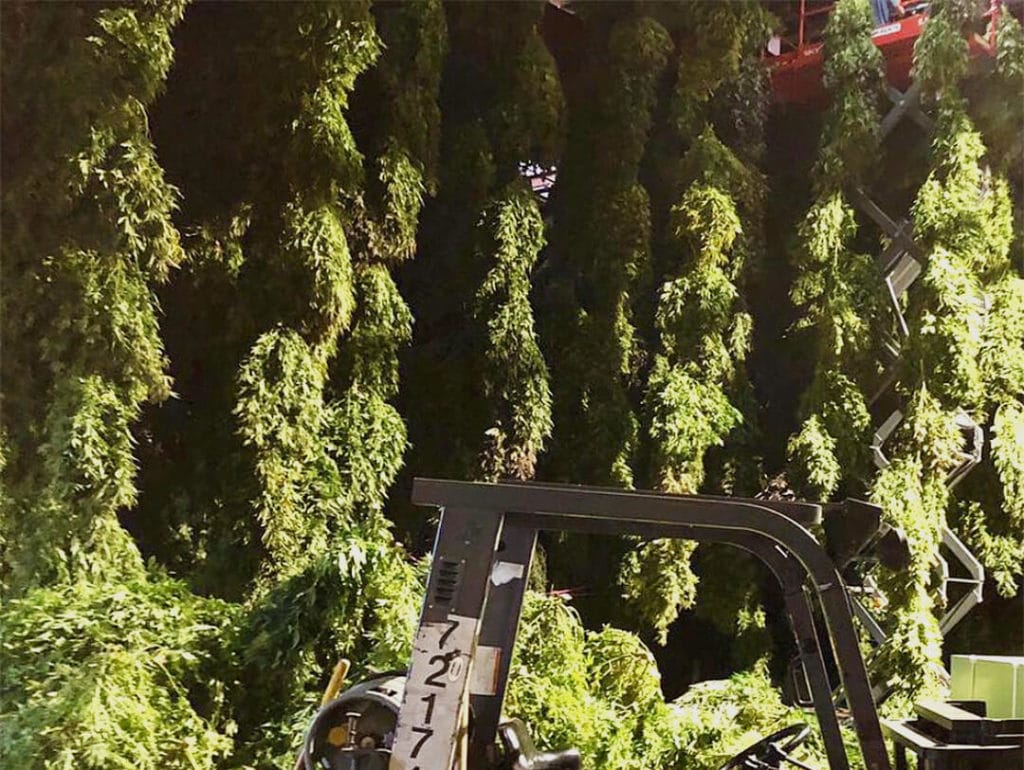
Harvest can be a confusing component of hemp cultivation.
You can begin harvesting your hemp for extraction as soon as your plants’ CBD levels have started to reach their peak. This occurs approximately 35 days after your initial flower set.
This translates to a harvest in mid September to late October. Since we are mostly harvesting hemp for its CBD component and not its THC component, we have a wider latitude for harvesting.
Lastly, it is smart to invest in at least one or two chemical analyses of the CBD. The best time for testing is between three and six weeks into flower. This will give you a gauge of your harvest times and periods for next year as well.
While it might seem relatively simple, nobody has ever grown hemp on the scale that the US is about to begin growing. There will be a lot of problems that farmers across the country will have to combat. In different states with different climates, different problems will arise for the growers there. But now that it is a legal industry with unlimited potential, and with the help from social media platforms and podcasts like The Real Dirt, the answers to these problems will be much easier to find than they are now.
Learn more about hemp in Alabama specifically on The Real Dirt Podcast. And join our Real Dirt Alabama Facebook Group for news exclusive to Alabama, grow tips and more.

